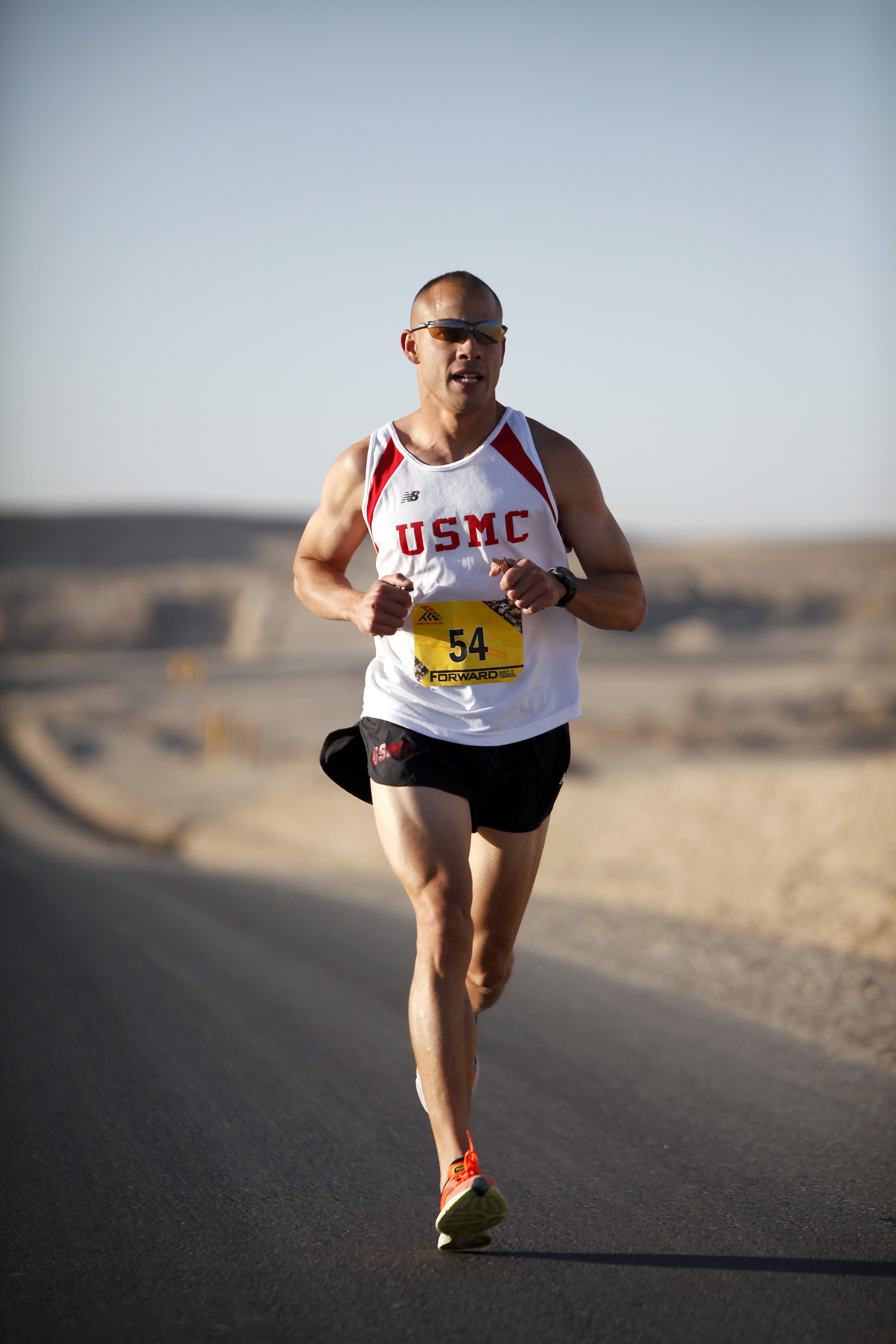In the examination of healthy or injured runners it is tempting to focus on an individual’s leg alignment and posture. The hope of these tests and measures is it will help a clinician identify the source of client’s symptoms or a risk factor for injury. The limitation of these examination items is their inability to tell us how an individual moves dynamically. Earlier in the year we described the failure of static tests of the foot and ankle to predict a runner’s gait pattern. A recent article reviewed the ability of static tests of leg alignment and posture to predict future running injury.
A journal article in the European Journal of Sports Science examined 89 runners for leg alignment including leg length, knee angles, as well as, ankle and foot alignment. The runners were then followed over time to determine if any of these clinical measurements predicted future injury. Not surprising given the high rate of injury in runners, 1 in 2 runners developed a running related injury (mostly muscle and tendon) over the study period. The authors found no significant association between lower leg alignment and postural tests and the development of future injury.

